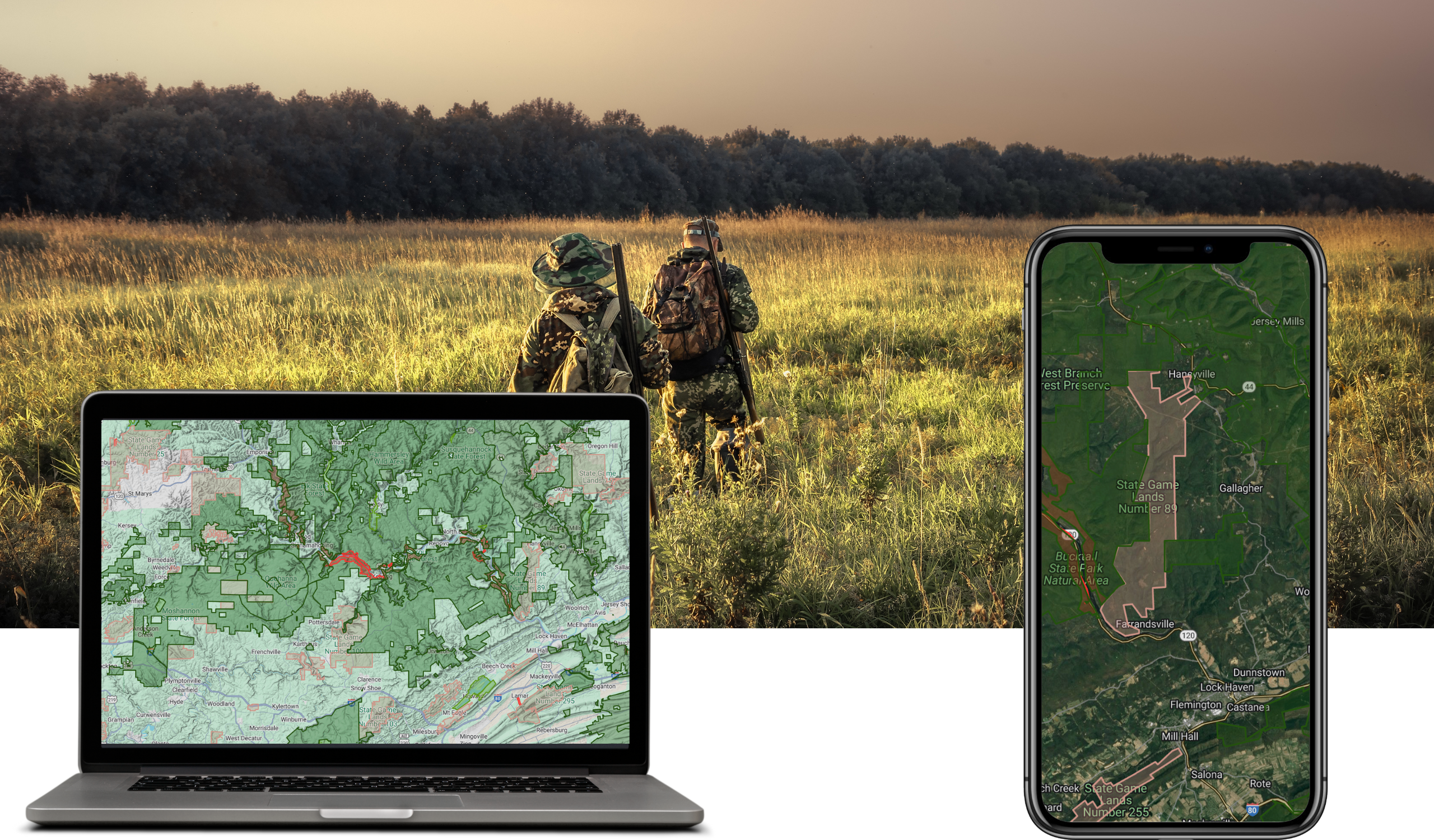A new report paints a grim picture for North American bird populations. According to State of the Birds 2024, we’re losing birds at a rate that should make every wingshooter, waterfowler, and conservationist stop and think. Over half of U.S. bird species are declining. That’s not just bad news for birdwatchers. It hits right at the heart of what we love about being outdoors.
For those of us who grew up watching mallards work a spread at first light or hearing a covey flush in thick brush, these aren’t just stats. They’re warnings. And we’ve got a stake in turning things around.
What the Report Says — In Plain Terms
The State of the Birds report, backed by over 30 organizations including Ducks Unlimited, shows a staggering trend: since 1970, North America has lost more than 3 billion birds.
Some species are holding steady — especially those tied to wetlands and open water. Thanks to years of habitat work and conservation funding, ducks and geese have fared better than most. But others, like grassland and shorebird species, are in steep decline.
A few takeaways that hit home:
- 48% of bird species are showing population declines.
- 70 species are now on a “Tipping Point” list — meaning they’ve lost half their population over 50 years and are still going down fast.
- Grassland birds (like meadowlarks and bobwhites) are among the hardest hit.
We’re not just talking about rare birds here. These are the ones many of us have hunted, heard, and admired our whole lives.

Fewer Birds = Fewer Opportunities
This is where the rubber meets the road for hunters. When bird numbers go down, hunting seasons tighten. Bag limits shrink. Access dries up. And the next generation of hunters grows up without the same chances we had.
You’ve probably noticed it already — fewer quail in the brush, smaller dove flights in September, a drop in woodcock sightings. These aren’t isolated issues. They’re part of a bigger shift happening across the country.
And while duck numbers are more stable, even those can’t be taken for granted. It’s taken decades of hard work by hunters, biologists, and groups like DU to keep those populations healthy. If we back off now, the story could change — fast.
What’s Behind the Declines?
There’s no single villain here. It’s a mix of pressures:
- Habitat loss is the biggest one. As farmland expands and development spreads, nesting and feeding grounds disappear.
- Climate change is shifting migration patterns and affecting food availability. (See: Audubon’s Climate Report)
- Pesticides and pollution are killing insects — the base of the food chain for many bird species.
And while wetlands have seen strong conservation wins, grasslands and scrub habitats — key for upland birds — have been hit hard. Less native cover means less room for birds to breed, feed, and hide from predators.
How Hunters Can Step Up
The good news? Hunters have always been on the front lines of conservation. Our dollars — through licenses, duck stamps, and Pittman-Robertson funds — keep habitat programs alive. But we can’t coast on past efforts.
Here’s how to stay in the fight:
- Support organizations doing real boots-on-the-ground habitat work like Ducks Unlimited, Quail Forever, or Delta Waterfowl.
- Volunteer for local habitat projects. Even planting native grasses can help.
- Use tools like Hunterizer to stay connected to the hunting community. Learn about regulations, talk with fellow hunters, and find opportunities to get involved. Sign up for our newsletter here.
- Talk to your reps. Conservation policy matters — and lawmakers need to hear from hunters, not just lobbyists.
This isn’t about saving birds for the sake of it. It’s about protecting a way of life.
A Wake-Up Call, Not a Farewell
The State of the Birds report isn’t a death sentence. It’s a challenge. Hunters helped bring back waterfowl numbers in the 20th century. We can help save the rest.
But it takes more than showing up for opening day. It means paying attention, pitching in, and standing up for the land that gives us so much.
We owe it to the birds. And we owe it to the next hunt.
